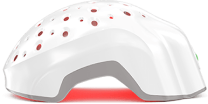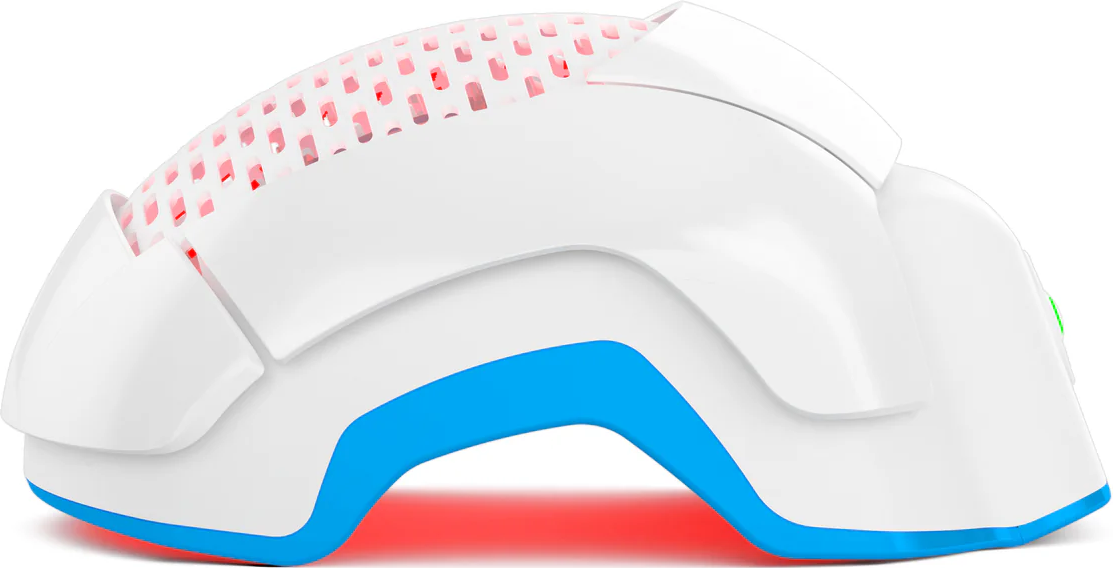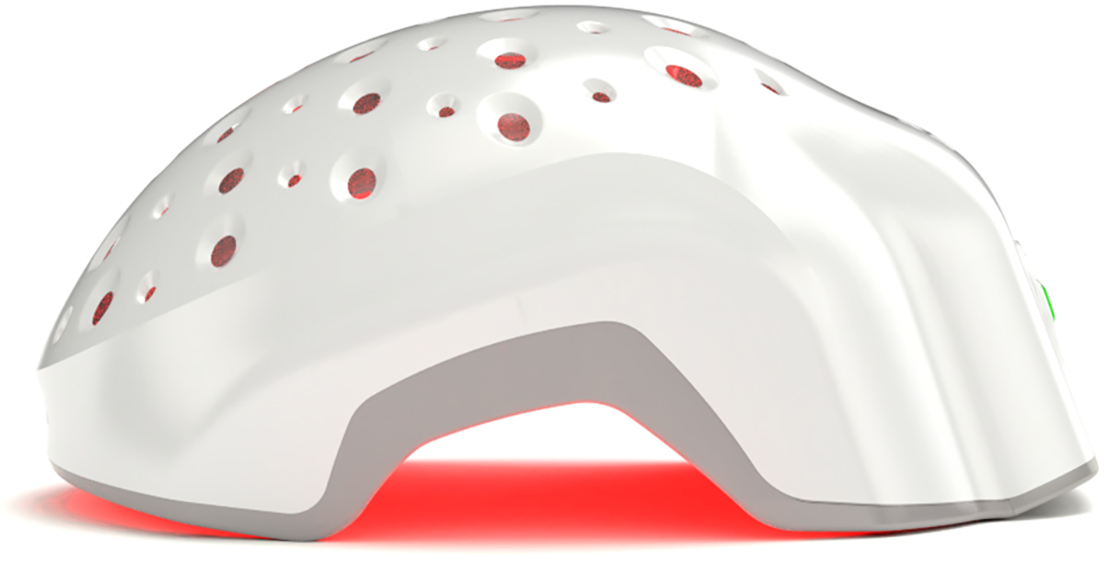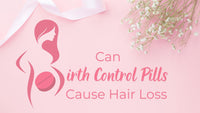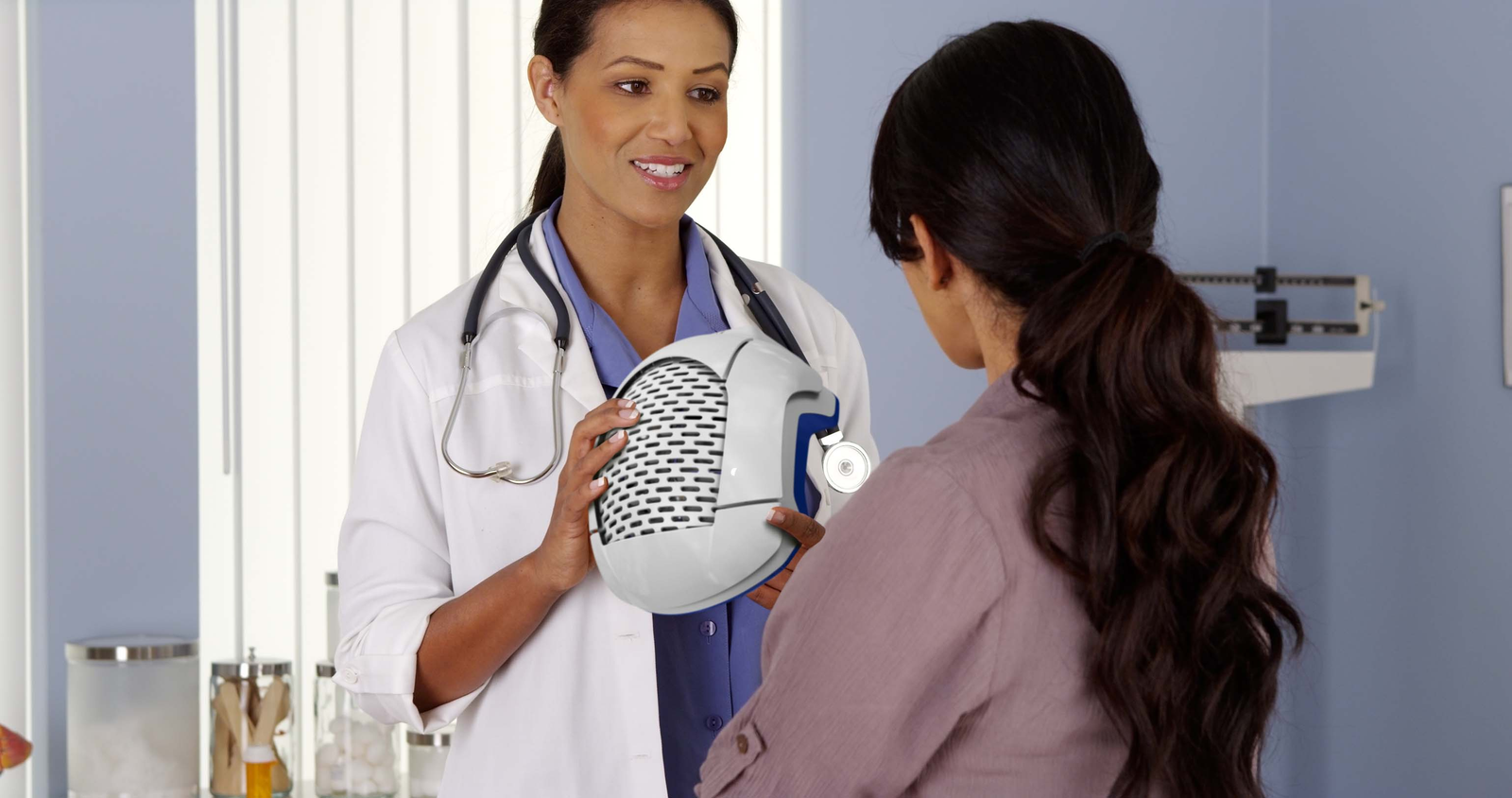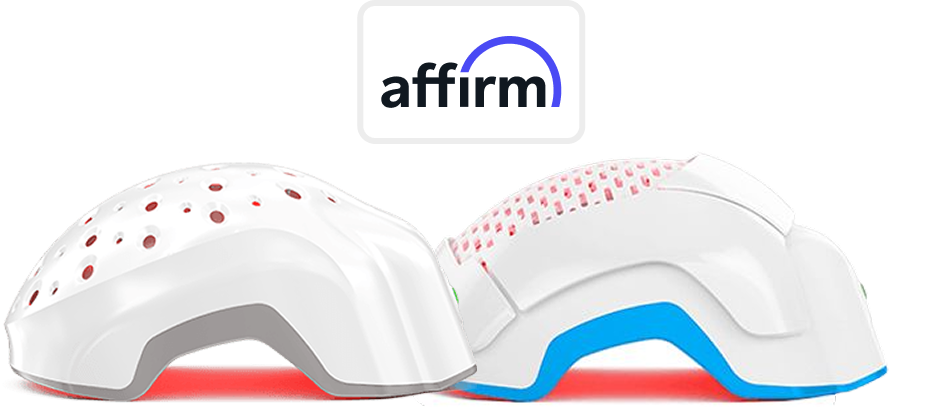Seborrheic dermatitis is more than just a bad case of dandruff—it’s an inflammatory scalp condition that can lead to redness, itchiness, excessive oiliness, and even temporary hair thinning. If you’ve ever dealt with persistent scalp flakes that just won’t quit, there’s a good chance seborrheic dermatitis is the culprit. But here’s the real question: does seborrheic dermatitis cause hair loss?
The good news is it doesn’t directly kill hair follicles. The bad news? It creates the perfect storm for scalp irritation, clogged pores, and excessive shedding. Left unchecked, seborrheic dermatitis can weaken hair strands and disrupt the normal growth cycle, leading to visible thinning over time. But with the right treatment, hair loss caused by seborrheic dermatitis is completely reversible. Let’s break down why this condition affects your hair and how you can stop the shedding for good.
What is Seborrheic Dermatitis?
Seborrheic dermatitis is a chronic inflammatory skin condition that mainly affects oil-rich areas like the scalp, face, and chest. It causes scaly patches, persistent dandruff, itching, and redness, making the scalp an unhappy place for healthy hair growth. This condition is often linked to an overgrowth of Malassezia furfur, a yeast that naturally lives on the skin but can trigger inflammation when combined with excess oil production.
While seborrheic dermatitis isn’t contagious or life-threatening, it can be frustrating to manage—especially if your scalp goes through cycles of flare-ups. The combination of itchiness, excessive oiliness, and visible flakes can make it difficult to maintain a healthy scalp environment, and that’s when hair loss can enter the picture.
Can Seborrheic Dermatitis Cause Hair Loss?
Seborrheic dermatitis doesn’t cause permanent hair loss, but it can absolutely contribute to excessive shedding and temporary thinning. The constant inflammation disrupts the normal hair growth cycle, pushing more hairs into the resting phase (telogen) and causing them to shed prematurely. If left untreated, the repeated irritation can lead to noticeable hair loss.
How Can Seborrheic Dermatitis Lead to Hair Loss?
Seborrheic dermatitis makes your scalp an unfriendly place for hair follicles. While it doesn’t destroy them outright, the inflammation, excessive oil production, and constant scratching weaken your strands, making them more likely to fall out. Here’s how:
1. Scalp Inflammation
Scalp Inflammation is the biggest enemy of healthy hair. When seborrheic dermatitis triggers an immune response, the scalp becomes red, swollen, and irritated. This weakens the hair follicles and disrupts their ability to produce strong, thick strands. Over time, chronic inflammation can shrink follicles, leading to increased shedding.
2. Excess Oil and Buildup
An oily scalp might sound like a good thing for hair hydration, but too much oil can smother follicles. Seborrheic dermatitis causes excessive sebum production, which leads to buildup, clogged pores, and a scalp that struggles to breathe. This suffocating environment weakens hair roots and makes them more likely to fall out before their time.
3. Scratching and Trauma
If you’ve ever gone on a full-blown scalp-scratching spree, you know how easy it is to yank out a few hairs in the process. The itching caused by seborrheic dermatitis is relentless, and constant scratching can physically loosen hair strands, causing breakage and excessive shedding. Worse, aggressive scratching can damage follicles over time, slowing down regrowth.
What Causes Seborrheic Dermatitis?
- Overactive sebaceous (oil) glands
- Overgrowth of Malassezia furfur
- Hormonal fluctuations
- Weakened immune system
- Stress and fatigue
- Cold, dry weather
- Certain hair products that irritate the scalp
Treatment Options for Seborrheic Dermatitis
Use Medicated Shampoos
Medicated shampoos containing ingredients like ketoconazole, selenium sulfide, or zinc pyrithione can help control Malassezia overgrowth and reduce inflammation. Regular use can minimize flaking, calm irritation, and restore balance to the scalp.
Prescription Medications
In more severe cases, dermatologists may prescribe antifungal creams, corticosteroids, or medicated foams to control inflammation and stop flare-ups. However, these treatments should be used under medical supervision, as long-term steroid use can weaken the scalp’s natural barrier.
Lifestyle Changes
Reducing stress, improving diet, and maintaining a proper hair care routine can make a big difference. A diet rich in anti-inflammatory foods (like leafy greens, nuts, and omega-3 fatty acids) can help reduce flare-ups, while stress management techniques like meditation and exercise can keep symptoms in check.
How to Treat Hair Loss Related to Seborrheic Dermatitis
Hair & Scalp Care Practice
A consistent scalp care routine is essential. Gentle cleansing, moisturizing, and avoiding harsh products can help restore balance. Using sulfate-free shampoos and lightweight, non-greasy moisturizers can prevent excessive oil buildup while keeping the scalp hydrated.
Avoid Scratching
Easier said than done, but resisting the urge to scratch can prevent unnecessary hair loss. Keeping nails short, using soothing scalp treatments, and applying cold compresses during flare-ups can help reduce the itch without damaging follicles.
Laser Therapy
Laser phototherapy is an FDA-approved treatment that stimulates blood circulation and promotes hair regrowth. By energizing hair follicles and improving oxygen delivery, LPT devices like Theradome helmets can help counteract seborrheic dermatitis hair thinning and encourage stronger, healthier strands.
Conclusion
Seborrheic dermatitis might be frustrating, but it doesn’t have to cost you your hair. While it doesn’t directly kill follicles, the inflammation, excess oil, and scratching can create an environment that leads to excessive shedding. The good news is, it’s completely manageable. Medicated shampoos, prescription treatments, and lifestyle changes can help control symptoms, while proper scalp care and laser therapy can help regrow lost hair. By treating both the condition and the hair loss it causes, you can reclaim a healthy scalp—and keep your hair exactly where it belongs.



